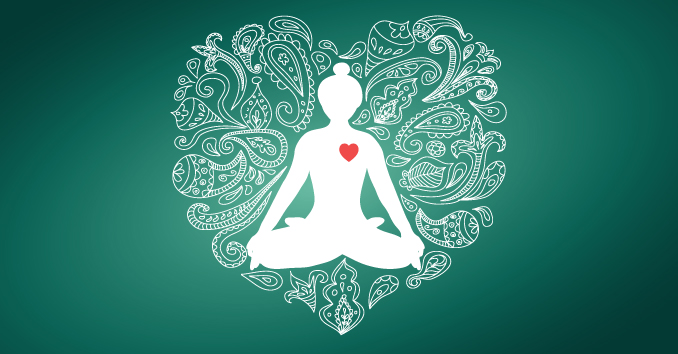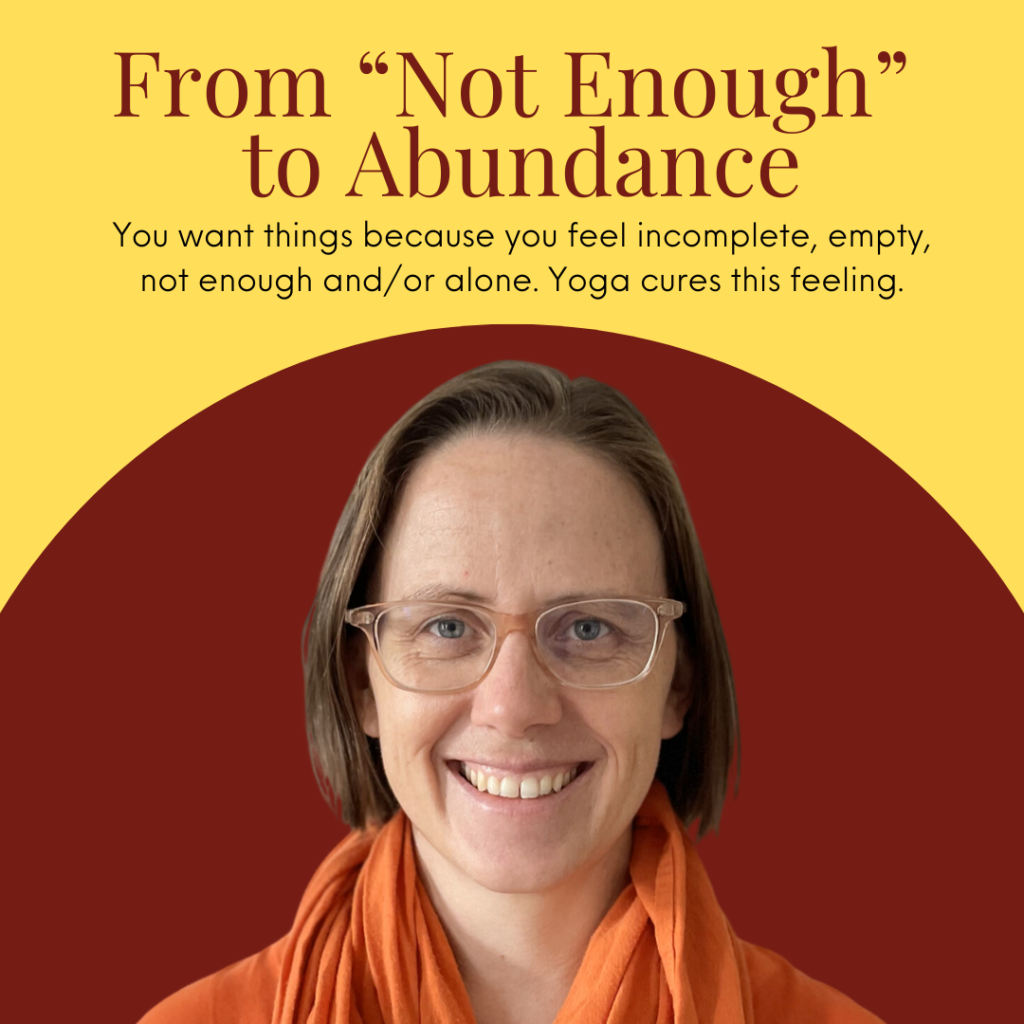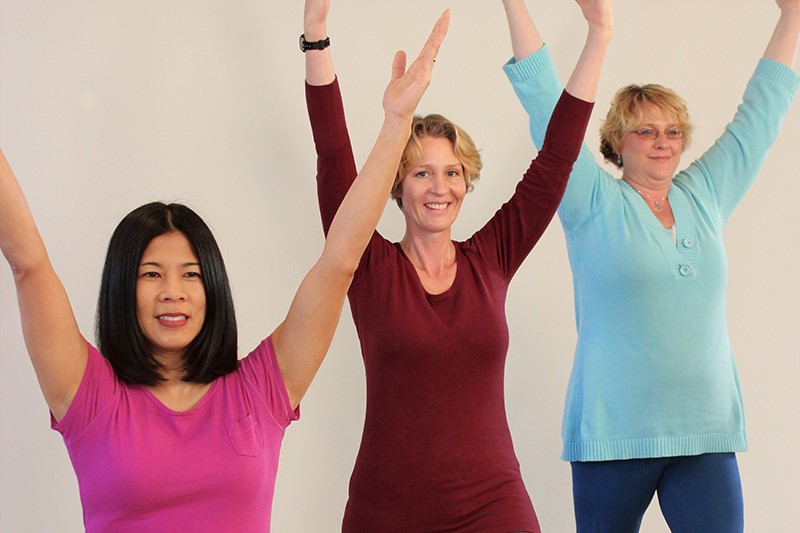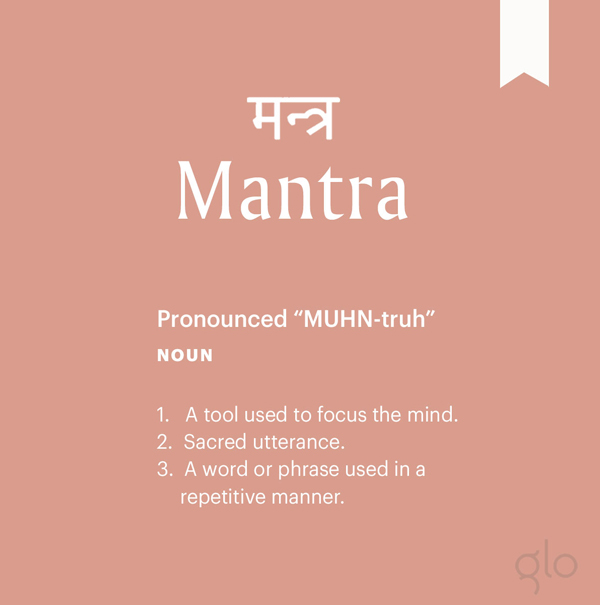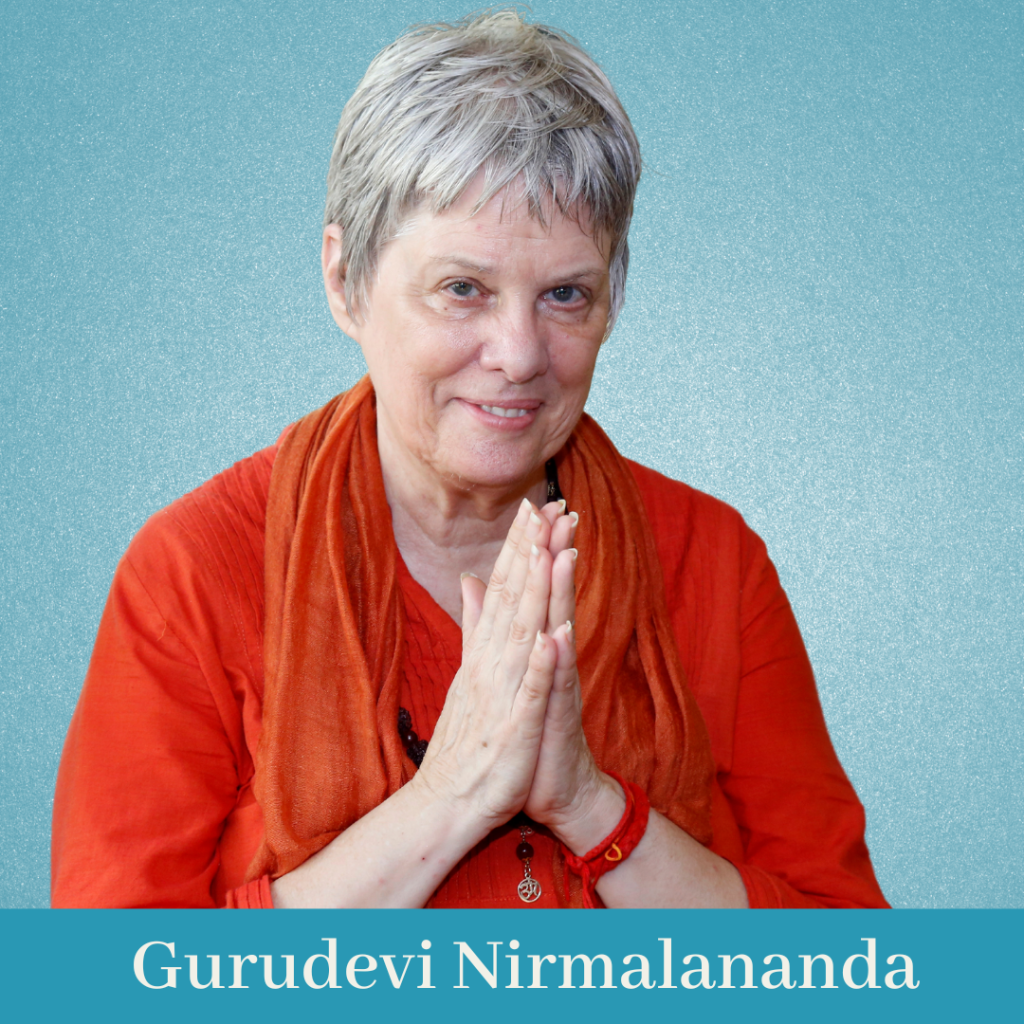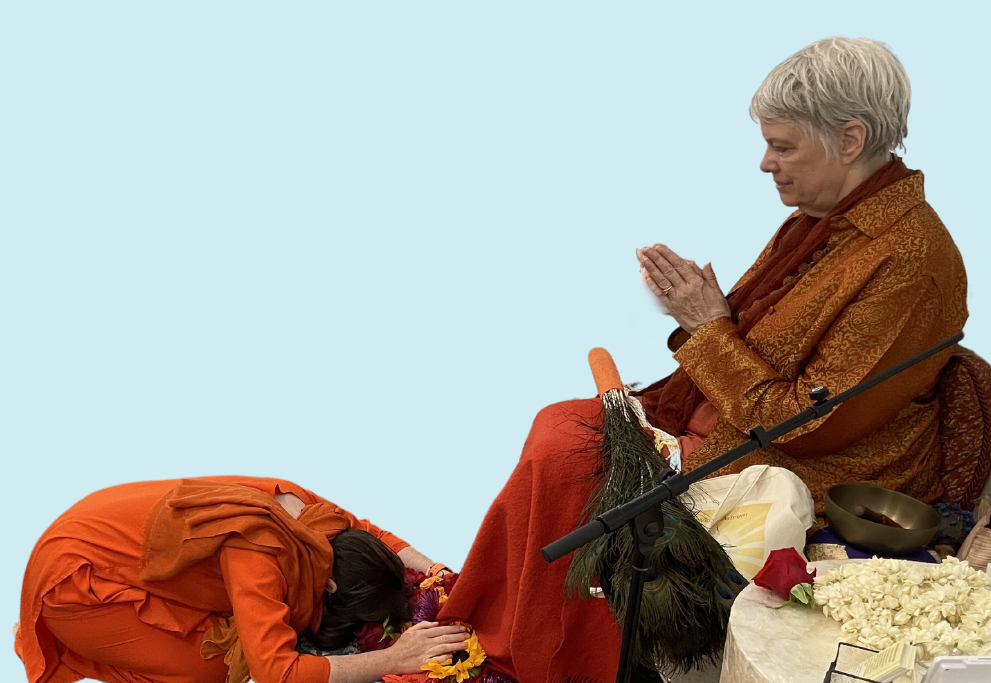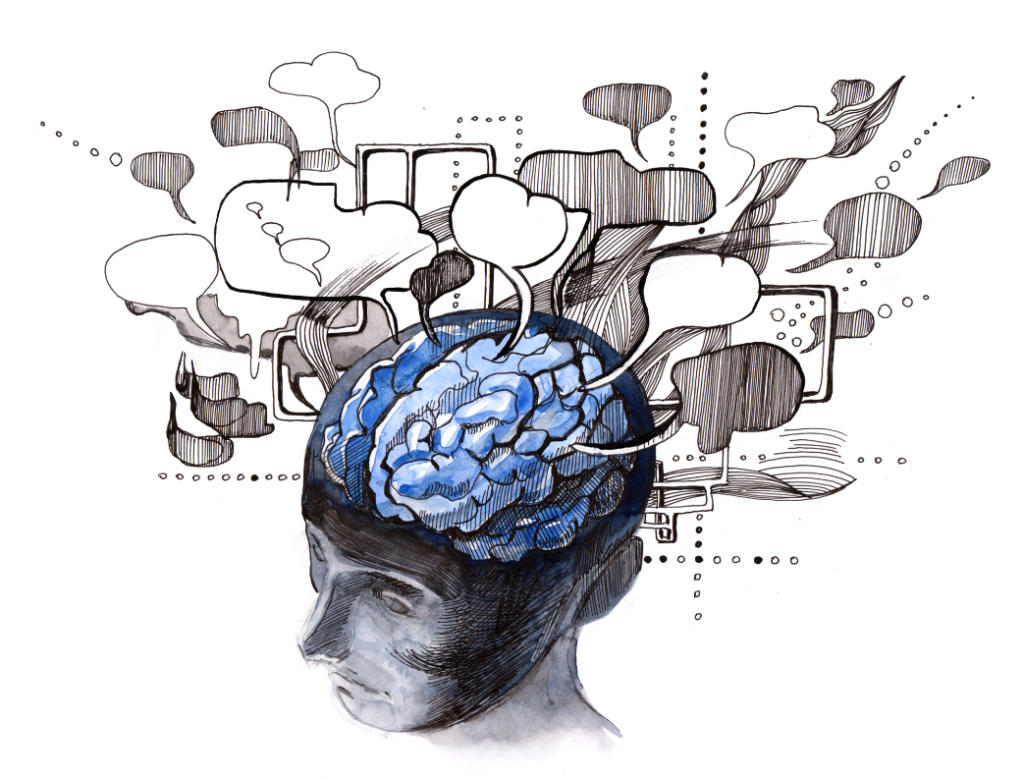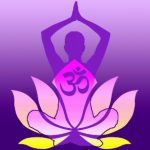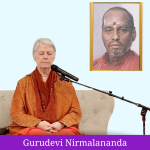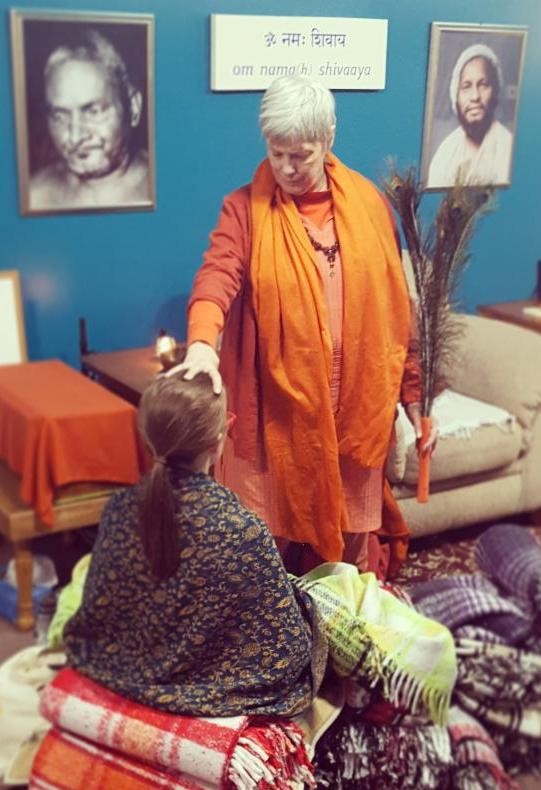By Swami Satrupananda
You decide it’s time for a vacation. You need a change of scenery, so you pack up your suitcase and head out.
After some travel, you get to your new location. You unpack and settle down to have a bite to eat or something to drink. You are enjoying your new location with new views, smells, tastes and more. And then your mind brings up the same worries and fears you left miles behind.
The reality of this was a shock to me. During university, I took a semester off and traveled to Southeast Asia. I spent my days exploring the exotic land, food and culture. I even took a meditation retreat. I was shocked when my mind would not stop obsessing on problems that were over 7,500 miles away.
The yogic texts say that your challenges come from your limited knowledge.
Jñanam bandhah.
Limited knowledge is bondage.
Shiva Sutras 1.2
Knowledge is not the problem. It is limited knowledge that creates bondage. Your mind works hard at knowing. Unfortunately, it works only on limited knowledge. You focus on knowing the external world. When all you know is the external world, you get your sense of self from it. As a result, you are impacted by your surroundings.
And even when you change your location, the distance does not protect you from your mind. Your mind can bring up problems from thousands of miles away.
In yoga practices, you stop looking outside for a sense of self. You turn your attention inward to know who you truly are. With each yoga practice, you experience your true Divine Self. With each experience, you come to know who you really are.
This knowledge is not limiting, it is freeing! You don’t merely find the knowledge of who you are. Ultimately, you find the Knowingness itself.
This shift from being outwardly focused to inward is emphasized in our Guided Awareness. In yoga classes, we guide you in being aware of your body on the outside and inside. “Become aware of your toes… all ten toes… outside and inside.”
In meditation, we take it a step farther. You turn your attention inward beyond your body and even beyond your mind. You dive deep inside directly to your own Self.
At first it can be challenging to turn your attention inward. We all have spent so much of our life looking outward. So you practice turning your attention inward again and again. Then it becomes a delight to have the opportunity to close your eyes and turn within.
I remember a few years ago, I was going through a challenging time. I no longer wanted to run away to the other side of the planet like during university. Instead, I wanted to escape inside. One morning, I didn’t want to end my meditation period. I wanted to stay inside. The inner space was my safe haven. This was progress.
Instead of chasing for external realities, I knew that I would only be satisfied by resting in my own Self. While it was progress, it was still limited. I couldn’t settle deep enough inside that I stayed there while also being in the world, regardless of the challenges.
This tantric system is not about leaving the world to find your Self on the inside. However, in the beginning, you do need to take recesses from the external world. You turn your attention inward to discover who you are. Then you learn how to live from your own Self while you step into the world. You go from the outside to the inside, then inside to the outside. You know and be your own Self while you are in the midst of the world. Then you can be in any location.
And there’s more. As you dive deeper into knowing and being your own Self, you come to know that Self is the source of everything. Then when you look inside, you see only your own Self. When you look outside, you see only your own Self. Then there is no inside and outside. There is only the One, who is you.
Yet there is still an inside and outside, and you are still impacted by the world outside you, but you go from outside to inside to outside. Do more yoga.



